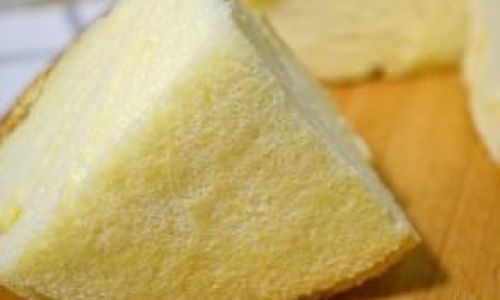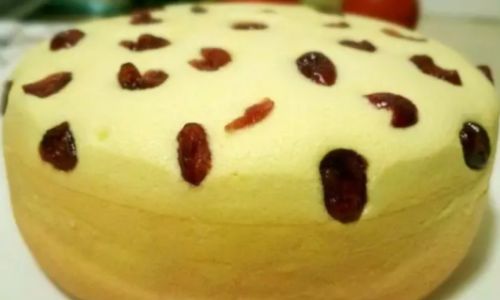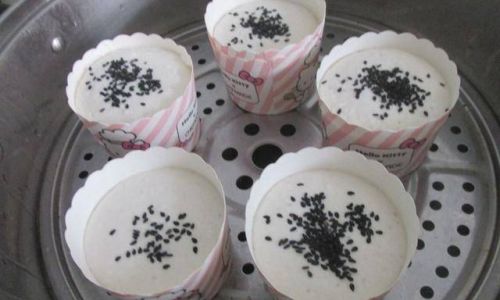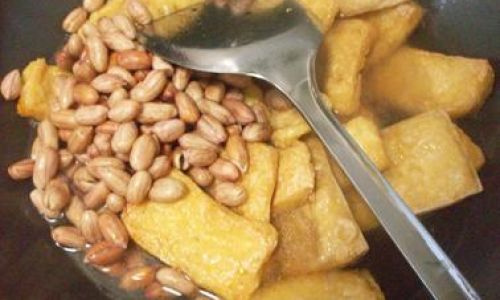Baking a delicious oven cake is an art that combines precision, creativity, and a love for culinary experimentation. Whether you’re a seasoned baker or a novice in the kitchen, mastering the art of cake baking can bring immense joy and satisfaction. In this comprehensive guide, we’ll walk you through every step of the process, from selecting the right ingredients to perfecting your baking techniques. By the end, you’ll be equipped with the knowledge and skills to bake cakes that are not only visually appealing but also bursting with flavor and moisture.
Understanding the Basics: Ingredients and Equipment
Before diving into the recipe, let’s discuss the essential ingredients and equipment you’ll need to bake a successful oven cake.

Ingredients:
- Flour: All-purpose flour is a versatile choice for most cakes. For gluten-free options, consider almond flour, oat flour, or a gluten-free blend.
- Sugar: Granulated sugar is commonly used, but you can also experiment with brown sugar, coconut sugar, or honey for a different flavor profile.
- Fat: Butter, margarine, or vegetable oil are common choices. Butter adds richness and flavor, while oil tends to produce a moister cake.
- Eggs: Eggs act as binders and leavening agents, providing structure and lift to your cake.
- Leavening Agents: Baking powder and baking soda help cakes rise. Make sure they’re fresh to avoid dense, flat cakes.
- Milk: Whole milk, buttermilk, or a non-dairy alternative like almond milk can be used.
- Extracts and Flavorings: Vanilla extract is a classic, but you can also use almond, lemon, or orange extracts to enhance flavor.
- Salt: A pinch of salt enhances the sweetness of the cake.
Equipment:
- Oven: Preheat to the correct temperature specified in your recipe.
- Mixing Bowls: One for dry ingredients and one for wet ingredients to avoid cross-contamination.
- Measuring Cups and Spoons: Ensure accuracy when measuring ingredients.
- Electric Mixer or Whisk: For creaming butter and sugar and mixing batter thoroughly.
- Rubber Spatula: For scraping the sides and bottom of the bowl to ensure all ingredients are incorporated.
- Cake Pans: Greased and floured or lined with parchment paper to prevent sticking.
- Cooling Rack: For cooling cakes after baking.
- Offset Spatula: Optional but useful for frosting and decorating cakes.
Preparing Your Ingredients
Properly preparing your ingredients is crucial for achieving a successful cake. Here are some tips:
- Measure Flour Correctly: Use the spoon and level method. Spoon flour into your measuring cup and then use a knife or straight edge to level it off. Avoid scooping directly from the bag, which can pack the flour and result in too much being used.
- Room Temperature Ingredients: Butter, eggs, and milk should be at room temperature. This ensures they mix together smoothly and evenly.
- Sifting Dry Ingredients: Sifting flour, baking powder, and salt together removes lumps and aerates the mixture, resulting in a lighter cake.
Mixing Techniques: The Creaming Method and the Muffin Method
There are two primary mixing methods used in cake baking: the creaming method and the muffin method.
Creaming Method:

- Cream the Butter and Sugar: In a large mixing bowl, use an electric mixer to cream together butter and sugar until light and fluffy. This process should take about 3-5 minutes.
- Add Eggs One by One: Beat in each egg, one at a time, until fully incorporated. Make sure to scrape down the sides of the bowl as needed.
- Alternate Between Dry and Wet Ingredients: In a separate bowl, whisk together your dry ingredients (flour, baking powder, salt). In another bowl, mix your wet ingredients (milk, vanilla extract). Add the dry ingredients to the butter mixture in three parts, alternating with the wet ingredients in two parts, beginning and ending with the dry ingredients. Mix on low speed until just combined, then increase to medium and mix for another 30 seconds.
Muffin Method:
- Combine Dry Ingredients: In a large bowl, whisk together flour, baking powder, salt, and any spices or additional dry ingredients.
- Mix Wet Ingredients: In another bowl, whisk together eggs, milk, melted butter (or oil), and vanilla extract.
- Combine Wet and Dry Ingredients: Pour the wet ingredients into the dry ingredients and stir until just combined. Be careful not to overmix, as this can result in a dense cake.
Pouring and Baking
Once your batter is ready, it’s time to pour it into the prepared cake pan and bake.
- Pour Batter Evenly: Divide the batter evenly among your prepared cake pans, using a spatula to scrape all the batter out and ensure an even distribution.
- Tap and Smooth: Tap the pans gently on the counter to remove any air bubbles and smooth the top with a spatula.
- Bake: Place the pans in the preheated oven. The baking time will vary depending on the recipe and the size of your cake pans, but it typically ranges from 25-40 minutes. Use an oven mitt to rotate the pans halfway through baking for even cooking.
- Check for Doneness: Insert a toothpick or cake tester into the center of the cake. It should come out clean or with just a few crumbs attached.
Cooling and Frosting
Cooling your cake properly is essential for achieving the best texture and flavor.
- Cool in Pans: Allow the cakes to cool in their pans for about 10-15 minutes. This gives the cakes time to set up and makes them easier to handle.
- Transfer to Cooling Rack: Run a knife around the edges of the pans to loosen the cakes, then invert them onto cooling racks to cool completely.
- Prepare Frosting: While the cakes are cooling, prepare your frosting. This could be a simple buttercream, cream cheese frosting, ganache, or another type of frosting based on your preference.
- Frost the Cake: Once the cakes are completely cool, you can frost and decorate them. Use an offset spatula for smooth, even frosting application.
Troubleshooting Common Issues
Even the best bakers encounter issues sometimes. Here are some common cake baking problems and how to solve them:
- Dense or Dry Cake: Ensure you’re not overmixing the batter, use fresh leavening agents, and measure ingredients accurately.
- Cake Sticks to Pan: Always grease and flour your pans or use parchment paper liners.
- Cake Falls or Collapses: Make sure your oven is preheated to the correct temperature and avoid opening the oven door frequently during baking.
- Uneven Baking: Rotate your pans halfway through baking to ensure even cooking.
Experimenting with Flavors and Techniques
Once you’ve mastered the basics, it’s time to start experimenting with different flavors, techniques, and ingredients.

- Add-Ins: Incorporate chocolate chips, nuts, dried fruit, or fresh berries into your batter.
- Layer Cakes: Bake multiple layers and stack them with frosting in between for a more impressive presentation.
- Fillings: Add a layer of jam, custard, or fruit filling between cake layers for added flavor and moisture.
- Decorations: Use sprinkles, edible glitter, fresh flowers, or chocolate shards to decorate your cakes.
Storage Tips
Proper storage is key to keeping your cakes fresh and delicious.
- Unfrosted Cakes: Store in an airtight container at room temperature for up to 3 days.
- Frosted Cakes: Store in the refrigerator for up to 5 days. Let the cake come to room temperature before serving for the best texture.
- Freezing: Wrap unfrosted cakes tightly in plastic wrap and then in aluminum foil. They can be frozen for up to 3 months. Thaw in the refrigerator overnight before frosting and serving.
In conclusion, baking a delicious oven cake is a rewarding endeavor that requires attention to detail, patience, and a willingness to experiment. By following the tips and techniques outlined in this guide, you’ll be well-equipped to tackle any cake recipe with confidence. Happy baking!






0 comments